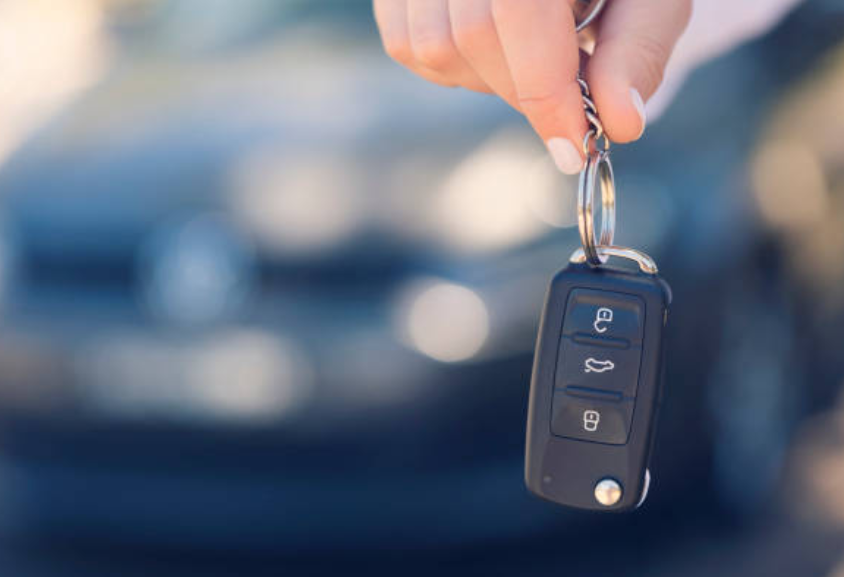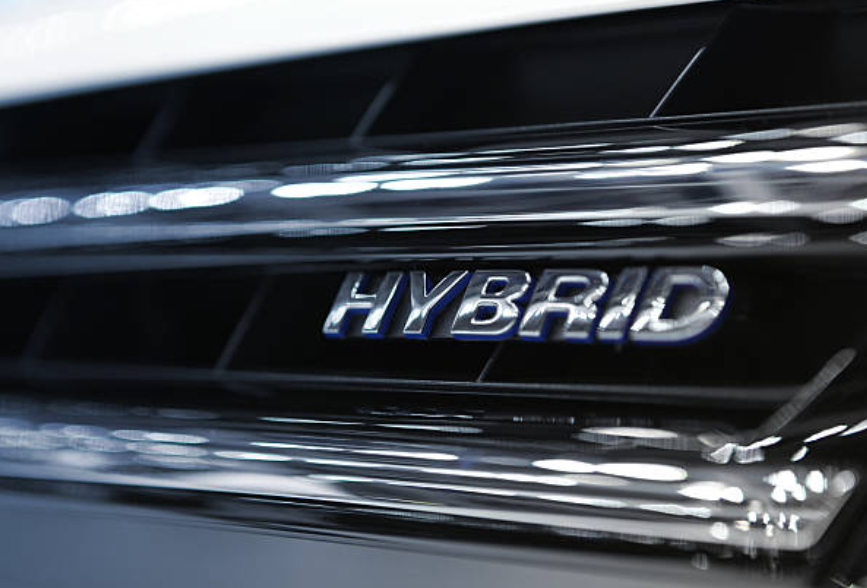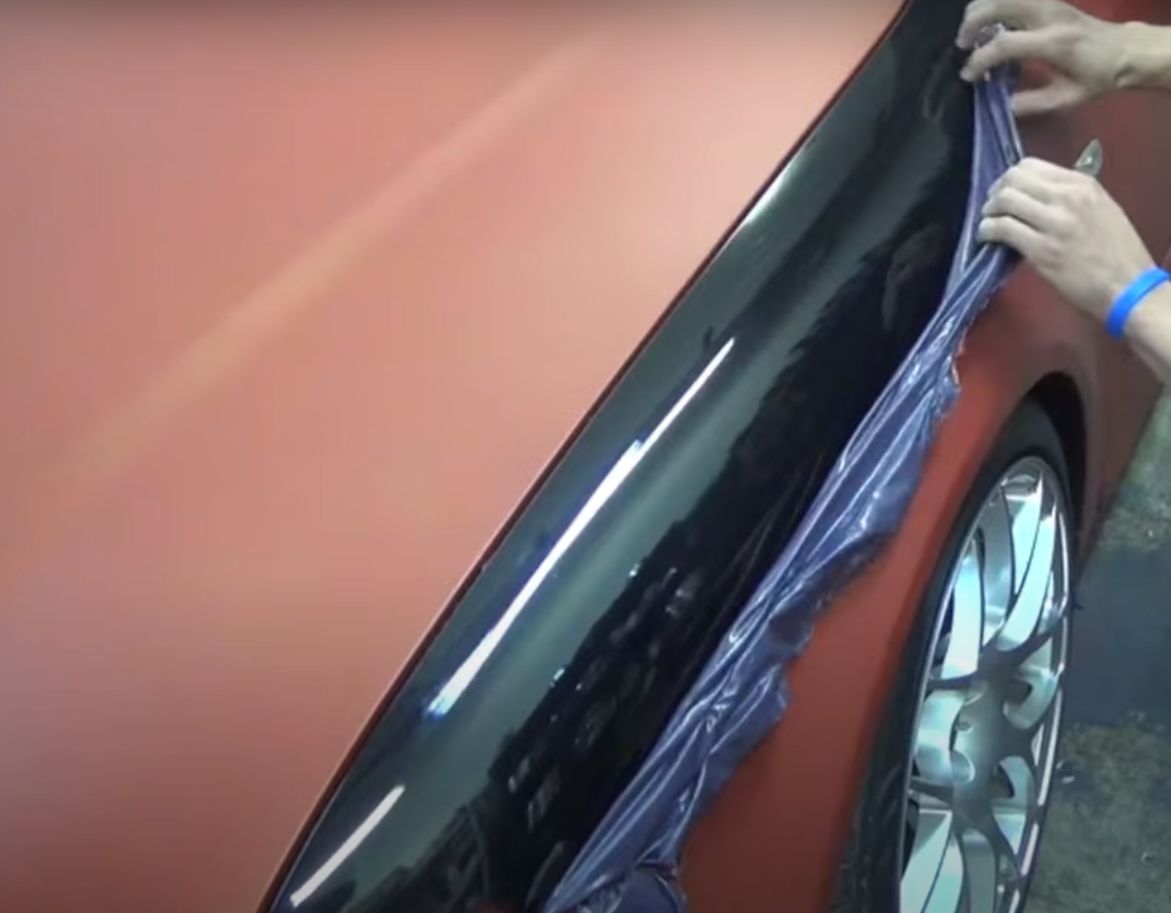What Does "Hooning" Mean?
The term "hooning" has gained widespread recognition for describing reckless driving behaviors, originating in Australia and New Zealand before spreading globally. As it encompasses various unsafe driving practices, understanding its implications is crucial for addressing legal, social, and safety concerns. With specific legislation targeting hooning activities, law enforcement agencies aim to deter individuals from endangering themselves and others on public roads.
In this exploration, we delve into the meaning of hooning, its associated risks, and preventive measures, emphasizing the importance of promoting responsible driving behavior for safer road environments.
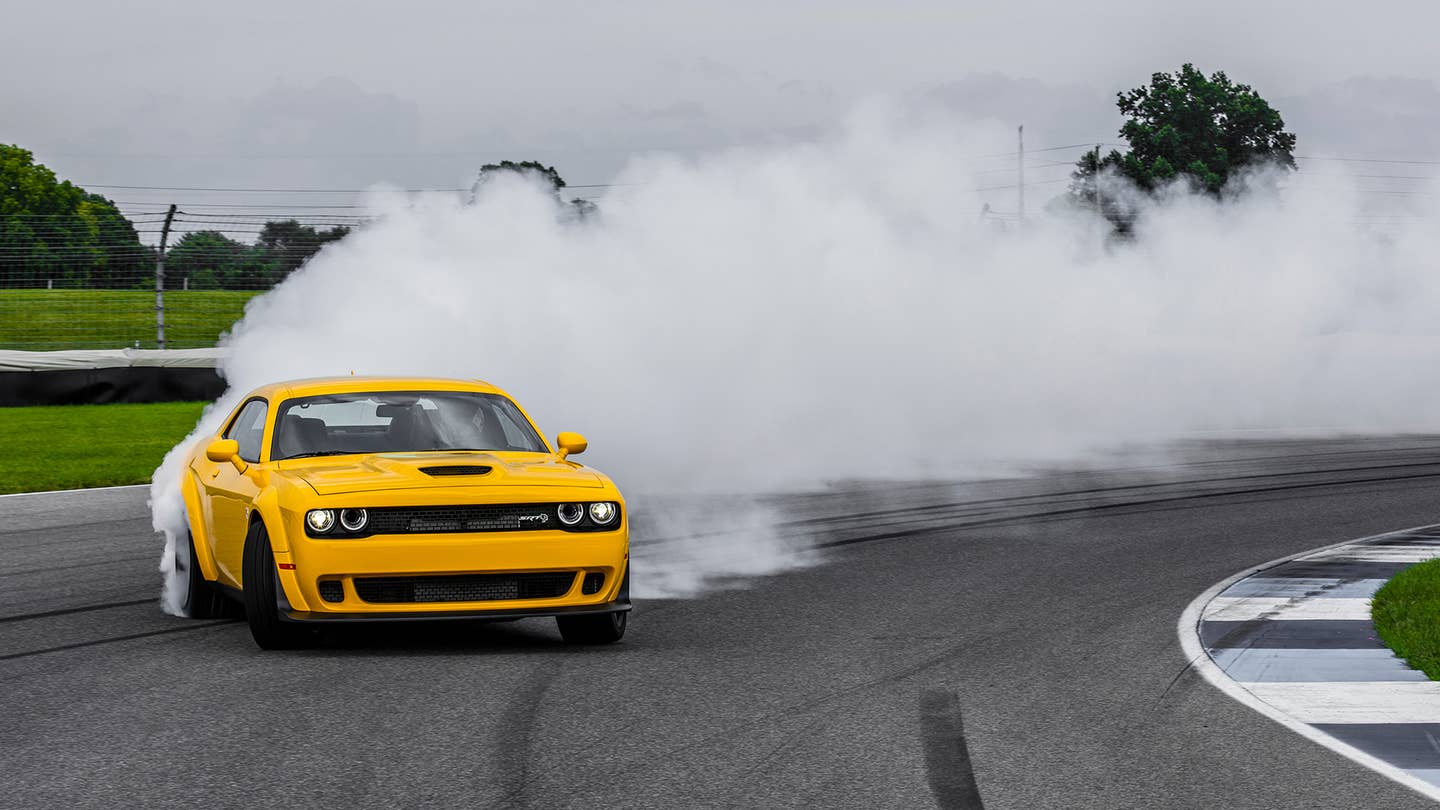
Origin And Evolution Of The "Hooning" Term
The term "hooning" originated in Australia and New Zealand but has since spread to other countries. Initially, it referred to the act of engaging in joyriding or reckless driving. Over time, the meaning of the term has expanded to encompass a wider range of unsafe driving behaviors, reflecting the evolving nature of this societal issue.
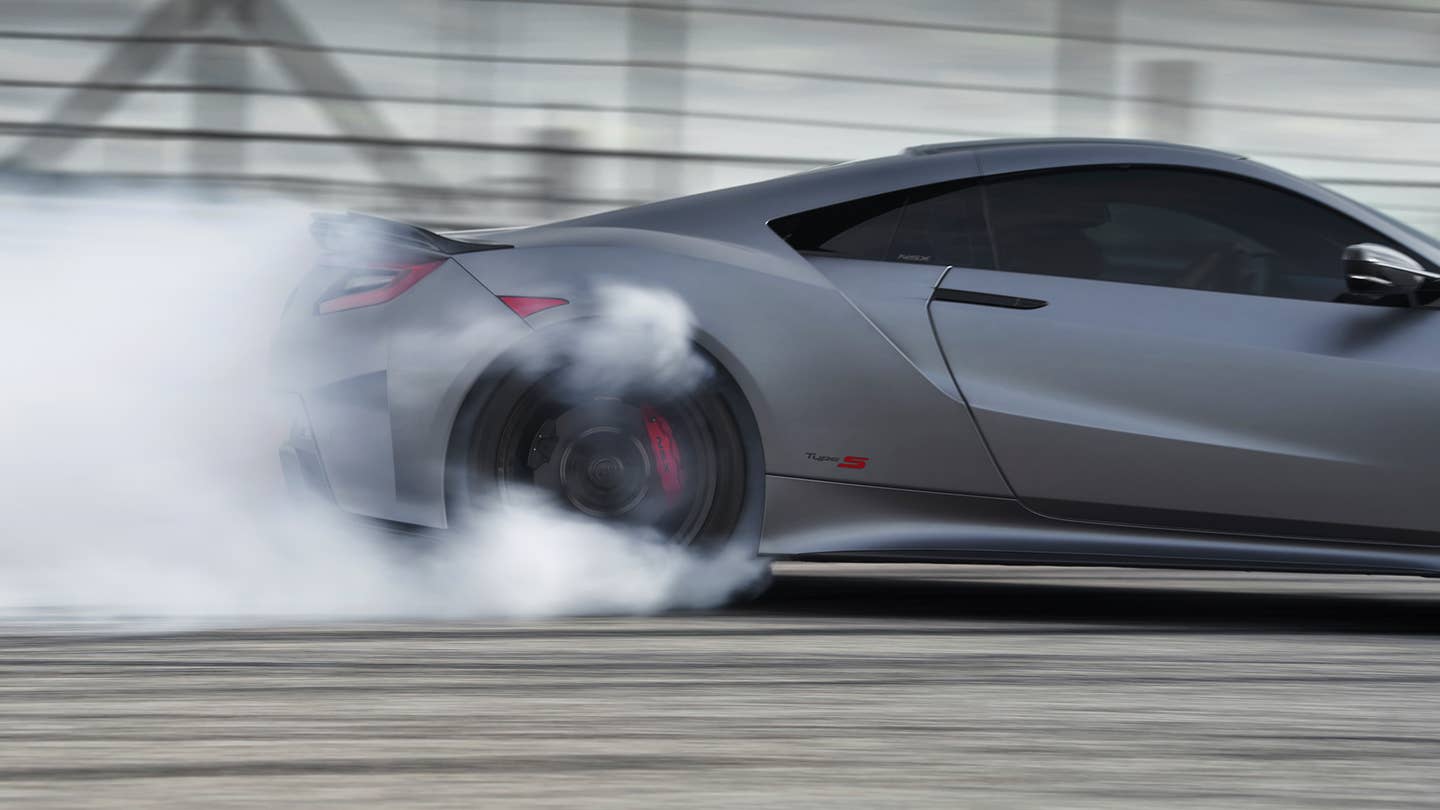
Hooning has legal implications, often resulting in severe penalties and fines. Law enforcement agencies have specific legislation in place to address hooning activities, aiming to deter individuals from endangering themselves and others on the road. Socially, hooning is perceived as a serious threat to public safety and is condemned by responsible members of society. It not only endangers the lives of those engaging in such activities but also poses a significant risk to innocent bystanders.
Hooning activities refer to a variety of behaviors that involve operating a vehicle in a manner that is aggressive, dangerous, or disruptive. These activities typically take place on public roads or in other public spaces, although they may also occur on private property. Some common examples of hooning activities include:
- Street racing: organized or impromptu races between vehicles on public roads, often involving high speeds and disregard for traffic laws.
- Burnouts: revving the engine while holding the brakes to spin the vehicle's tires, creating smoke and leaving skid marks on the road surface.
- Drifting: maneuvering a vehicle through turns at high speeds while intentionally causing the rear wheels to lose traction, resulting in a controlled slide or drift.
- Doughnuts: performing tight, circular maneuvers in a vehicle, typically by spinning the steering wheel and applying throttle simultaneously to create a circular skid mark on the pavement.
- Excessive speeding: driving at speeds significantly above the posted speed limit or at speeds that are unsafe for the prevailing road conditions.

The allure of hooning activities for some individuals lies in the thrill and excitement they provide. However, these activities carry inherent risks, both for those engaging in them and for bystanders. Some of the potential dangers and consequences of hooning activities include:
- Loss of Control: The aggressive driving maneuvers associated with hooning increase the likelihood of losing control of the vehicle, leading to collisions, rollovers, or other accidents.
- Injury or Death: Hooning activities often involve high speeds and close proximity to other vehicles or pedestrians, increasing the risk of serious injury or fatality in the event of a crash.

- Property Damage: Burnouts, doughnuts, and other hooning behaviors can cause damage to road surfaces, nearby structures, and private property, resulting in costly repairs and cleanup efforts.
- Legal Consequences: Hooning is illegal in most jurisdictions, and those caught engaging in these activities may face fines, license suspension or revocation, vehicle impoundment, and even criminal charges.
- Community Disruption: Hooning activities can disrupt the peace and tranquility of residential neighborhoods, as well as create disturbances in commercial areas or public spaces.
Governments and law enforcement agencies have implemented various measures to combat hooning. This includes strict legislative measures, such as impounding vehicles, revoking licenses, and imposing heavy fines. Additionally, educational campaigns and community initiatives aim to spread awareness about the dangers of hooning and emphasize responsible driving practices. By addressing the root causes and promoting safer driving habits, these efforts strive to mitigate the prevalence of hooning in society.
1. Is hooning illegal?
Hooning is generally deemed unlawful by the authorities. Engaging in reckless driving behaviors, except on private premises, can result in legal consequences. While the term "hooning" can encompass various car-related activities, most are prohibited on public roads.
2. What is Hoon legislation?
Hoon legislation, primarily implemented in Australia, targets individuals driving recklessly in public spaces. Offenses such as speeding, burnouts, or emitting smoke from vehicles can lead to hooning convictions. These laws have expanded to cover reckless usage of watercraft like jet skis and boats.
3. Can hooning harm your vehicle?
Engaging in extreme or reckless driving practices, like burnouts and drifting, may potentially damage your vehicle. While not guaranteed, such activities can accelerate tire wear and strain various components of your car.
In conclusion, hooning represents a significant challenge to public safety and requires concerted efforts to address it effectively. Its detrimental impact on communities, compounded by the potential for severe accidents and loss of life, necessitates a multi-faceted approach. By understanding the origins, legal ramifications, associated activities, and preventive measures, societies can work towards curbing hooning and promoting responsible driving practices. Addressing hooning is essential for creating safer road environments for all members of society.
Click on the following link to read another blog post: How To Set Up A Modern VW GTI For The Track?




